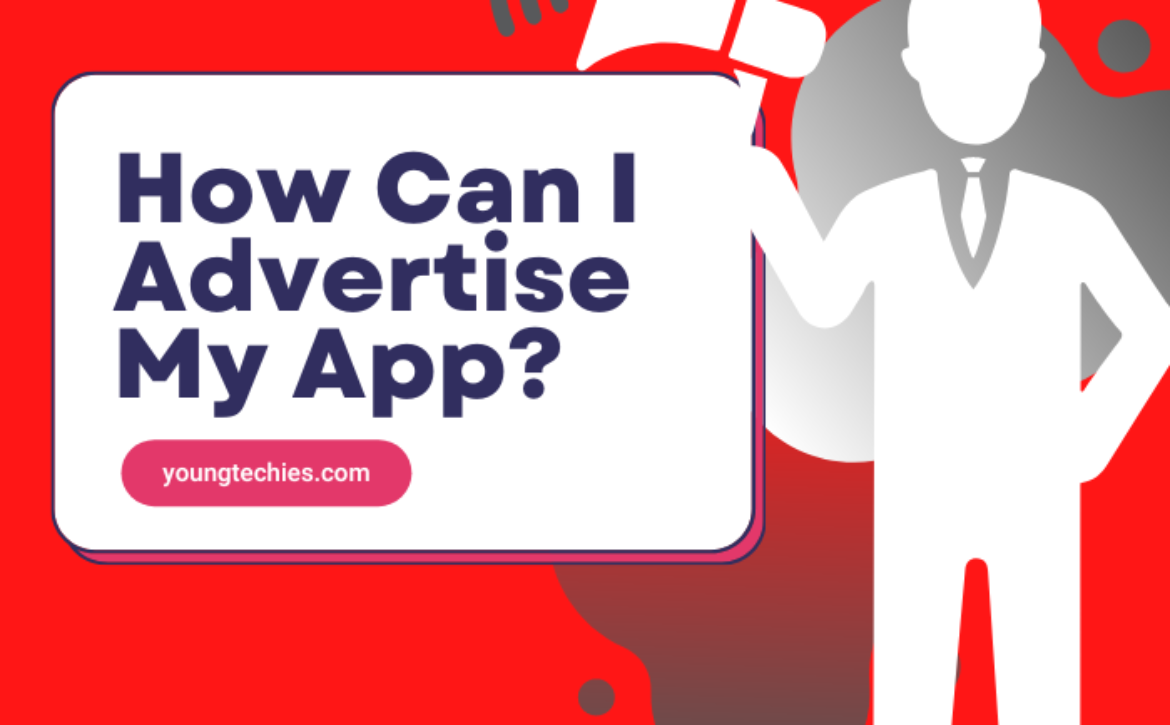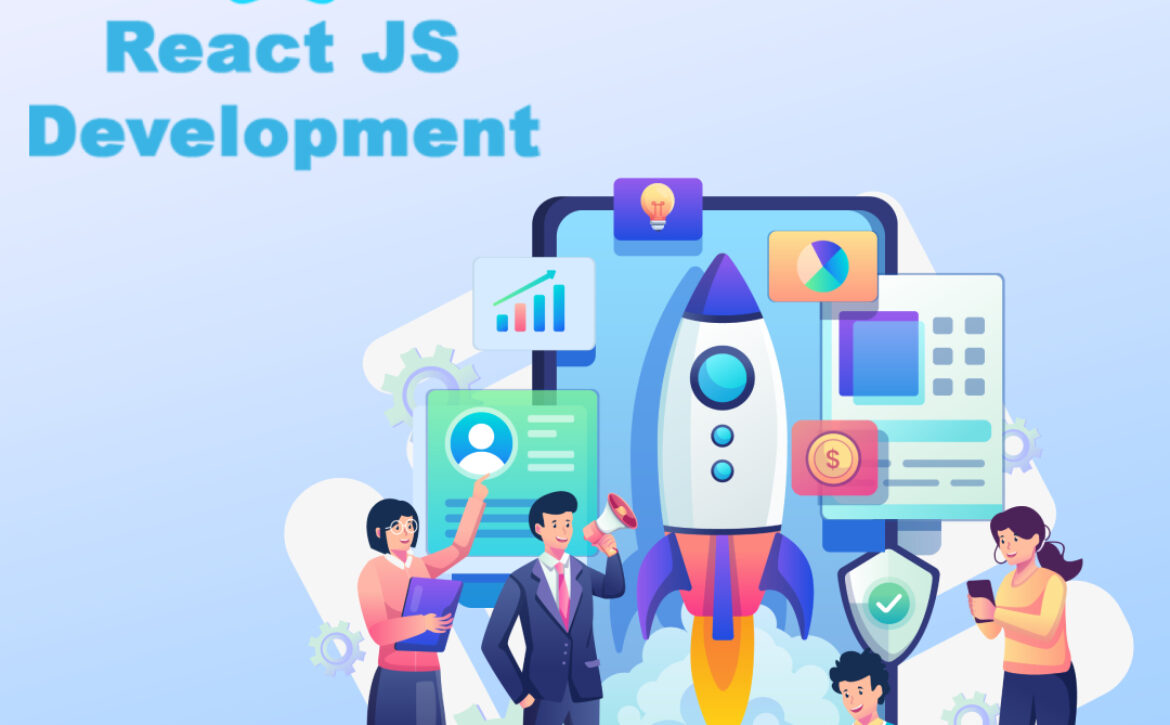How Can I Advertise My App?
You have an app project, and you believe that as soon as it is released to the app stores, it will gain traction.
Rethink that!
There are over 2.9 million apps available on Google Play and over 4.3 million on the Apple App Store, so no one is likely to find your app by chance.
To spread the news, some labour will be required, but how?
We’ll examine some of the top techniques to promote your app in this article.
Describe The Problem It Tackles
The most important thing is to understand and be able to identify who the app is for and what problem it solves. You presumably already know how to do this before the app is created and developed, but if not, it must be done before any marketing is launched.
At this point, it is typical to identify your consumer persona, which is the precise profile of your ideal client. Later on, when you must choose who to show the advertisements to, this will be helpful.
PR
A PR company would be excellent if you can afford one, but they may be pricey for smaller enterprises. With some charging $5,000 or even more for their preliminary research and planning stages. This could appear to be a waste of funds for a tiny company. Having specialists understand your industry and target audience, then designing what your brand stands for and how it fits into that market, can, nevertheless, make all subsequent advertising simpler and more effective.
Website
The website needs to be planned in order to present that tale after you’ve mastered your band and message. Instead of only including a few links to the app stores as an afterthought, it must actively market the app. Anyone visiting via the app stores needs to have landing pages specifically designed for apps. Additionally, the blog must employ words, images, and videos to describe the experiences of your app’s users.
YouTube
Who will visit your YouTube channel if it is only loaded with obnoxious product advertisements? It must include pertinent, helpful, and interesting content that will appeal to your target audience. At the same time, inform them of the benefits of your app and how it would improve their lives better.
Social Media
Your target market-interested material must be frequently published on all relevant social media platforms. distributing copies of your blog posts, infographics, polls, and YouTube videos. For your target markets, add timely updates regarding your app and business news.
Industry Publications
Maintaining industry coverage of you in any press and media that is feasible is a crucial component of your PR plan. Publicity stunts should be done to keep your company in the forefront of everyone’s attention, and press releases should be issued to announce any significant developments in the product and business. Regular articles in reputable trade journals will boost your website’s organic traffic by increasing backlinks to it and increasing your trustworthiness and social media score. Additionally, it will provide you extra content to share on your social networking platforms.
Influencer
A excellent technique to promote your app in front of your target market is through celebrity promotion through product placement. And it’s not always Kim Kardashian, who has millions of fans. A campaign that uses a large number of minor influencers can be just as effective and appear less overtly promotional. Each might focus on a specific industry that might use your app. This might complement your YouTube channel and other social media accounts to promote them all.
Blog And Link Exchange
Find other websites and social media platforms where your intended audience is active in your topic or in complementary niches. To share your viewers and exchange hyperlinks with such channels, offer guest blogging, interviews, and partnerships. Mobile-focused tech blogs and YouTube channels make excellent target markets for mobile app products.
Podcasts
Make guest appearances on podcasts that cater to your target audience. A wonderful method to go deeply into the advantages of your good or service is to use this log form style, which typically requires more than an hour of focus. Case studies can be thoroughly examined to inform potential clients about your product.
Integrations
B2B applications tend to be typical, but some are B2C. An excellent way to interact with the audience of another app company is through third-party integration with other apps. Getting your app into the app stores of other businesses is a terrific method to reach their customers, who should complement rather than compete with your product. A potent approach to be introduced in a sort of digital suggestion is to put your app in front of hundreds of thousands or perhaps millions of users of the other app.
ASO
Similar to its older cousin, ASO App Store Optimization The practise of improving your app’s discoverability in the app store is known as SEO. Many of the same methods are used, including keyword optimization. ensuring you have a high-quality video, image, and description of the product’s key features. and ensure that the evaluations are favourable and frequent. Consider employing an ASO business with the expertise to do this right if you want to do it right.
Reviews
These days, having positive evaluations on your website and in the app store is crucial. Both the app store itself and independent review websites like Trustpilot should contain this.
Apple Search Ads
PPC (pay per click) advertisements are now available from Apple; they function similarly to Google PPC but only inside the Apple Store. In order to have your app appear at the top of any relevant searches made by anyone who meets your demographic parameters.
Google Ads
You will need to pay for Google PPC unless you have a lot of time to wait around for organic search rankings. This can show advertisements in the Google Play store search results, websites that show Google adverts, and in the Google search results. As you are selling a mobile product, your Google search advertisements should be largely aimed at voice and mobile searches rather than desktop searches. Although it may seem obvious, this is frequently ignored.
Mailing List
The mailing list is still active, so yes. Make sure to offer a freebie of some kind to sign up for your list so that you can later educate the list members about your product and give them lots of chances to take advantage of your inaugural special offers. Of course, you can push notifications directly to their mobile device if you offer a free version of your app, which could be preferable.
Physical Locations
If you have physical locations, they ought to be advertising the app as well. When customers are in your store, posters with QR codes are a great method to encourage them to download the app.
Other Promotions
You can conduct a variety of various promotions to entice people to download your app. There are several ways to spread the word and keep the buzz alive, including giveaways of content, free gifts, promotion coupons, app awards, and word-of-mouth tactics like inviting friends.
Conclusion
This is merely an overview of a few of the numerous strategies you should take into account when promoting your app. However, if managing everything sounds like it might be too much for you. Then working with a businesses like Young Techies that specialises in app promotion would be ideal. We specialise in finding the best strategy to sell your app, but we can also assist you with starting the project by designing and developing the app.
Book a free appointment with one of our specialists today for more information.





